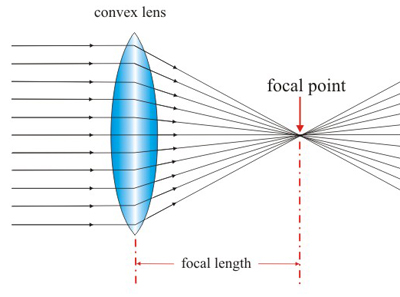Introduction
The Invisible light is light that we could not see. There are examples of the Invisible light but Scientist are investigating if the Blue Ray is an Invisible light . travels at a speed about 186,300 miles per second.
Radio Wave: Radio waves are the longest waves of electromagnetic spectrum.We could not see them and no hear theme. Broadcast stations use them to carry signals in a kind of codes (AM or FM). In AM the height of the wavesis changed to carry the signal. In FM the frequency changes.
Radar: Means RAdio Detection And Ranging. The RADAR is based in issuing an impulse of radio, which is reflected in the aim and is received typically in the same position of the issuer. The waves can help many forecasters. The use of electromagnetic waves that allows to detect objects beyond the range of another type of emission.
Microwaves: Microwaves are electromagnetic waves with wavelengths ranging from as long as one meter to as short as one millimeter. MICROWAVES are short radio waves. Water in foods absorbs microwaves very readily.
Infrared light: Means ´´just beyond red´´. Infrared waves in the spectrum. Infrared (IR) light is electromagnetic radiation with a wavelength between 0.7 and 300 micrometres, which equates to a frequency range between approximately 1 and 430 THz.
IR wavelengths are longer than that of visible light, but shorter than that of terahertz radiation microwaves. Bright sunlight provides an irradiance of just over 1 kilowatt per square meter at sea level. Of this energy, 527 watts is infrared radiation, 445 watts is visible light, and 32 watts is ultraviolet radiation.
Ultraviolet light: also call UV is electromagnetic radiation with a wavelength shorter than that of visible light, but longer than x-rays. UV light is found in sunlight and is emitted by electric arcs and specialized lights such as black lights. Classified as non-ionizing radiation, it can cause chemical reactions, and causes many substances to glow or fluoresce. Most people are aware of the effects of UV through the painful condition of sunburn, but the UV spectrum has many other effects, both beneficial and damaging, on human health.

X Rays: X-ray technology was invented completely by accident. In 1895, a German physicist named Wilhelm Roentgen made the discovery while experimenting with electron beams in a gas discharge tube. Roentgen noticed that a fluorescent screen in his lab started to glow when the electron beam was turned on. This response in itself wasn't so surprising -- fluorescent material normally glows in reaction to electromagnetic radiation -- but Roentgen's tube was surrounded by heavy black cardboard. Roentgen assumed this would have blocked most of the radiation.

Gamma Rays: Comes from the word Gamma radiation . is electromagnetic radiation of high frequency (very short wavelength). They are produced by sub-atomic particle interactions such as electron-positron annihilation, neutral pion decay, radioactive decay, fusion, fission or inverse Compton scattering in astrophysical processes. Paul Villard, a French chemist and physicist, discovered gamma radiation in 1900, while studying radiation emitted from radium.[1] Alpha and beta "rays" had already been separated and named by the work of Ernest Rutherford in 1899, and in 1903 Rutherford named Villard's distinct new radiation "gamma rays."In the past, the distinction between X-rays and gamma rays was based on energy (or equivalently frequency or wavelength), with gamma rays being considered a higher-energy version of X-rays. However, modern high-energy (megavoltage) X-rays produced by linear accelerators ("linacs") for megavoltage treatment, in cancer radiotherapy usually have higher energy than gamma rays produced by radioactive gamma decay.

Blue Ray :Blu-ray, also known as Blu-ray Disc or BD, is a format of optical disc of new generation of 12 cm of diameter (like the CD and the DVD) for video of great definition and storage of information of high density. His capacity of storage comes to 25 GB to a cap and to 50 GB to double cap, though they are of major capacity. The videoconsola PlayStation 3 can read discs of up to double cap.
Conclusion
In my conclusion i learn that the microwaves use waves. Also, i learn that the GAMMA RAYS comes from GAMMA RADIATION. UV light is found in sunlight and is emitted by electric arcs and specialized lights such as black lights. Finally, i learn that there is no 7 invisible light counting the BLUE RAY there are 8 invisible light.




















